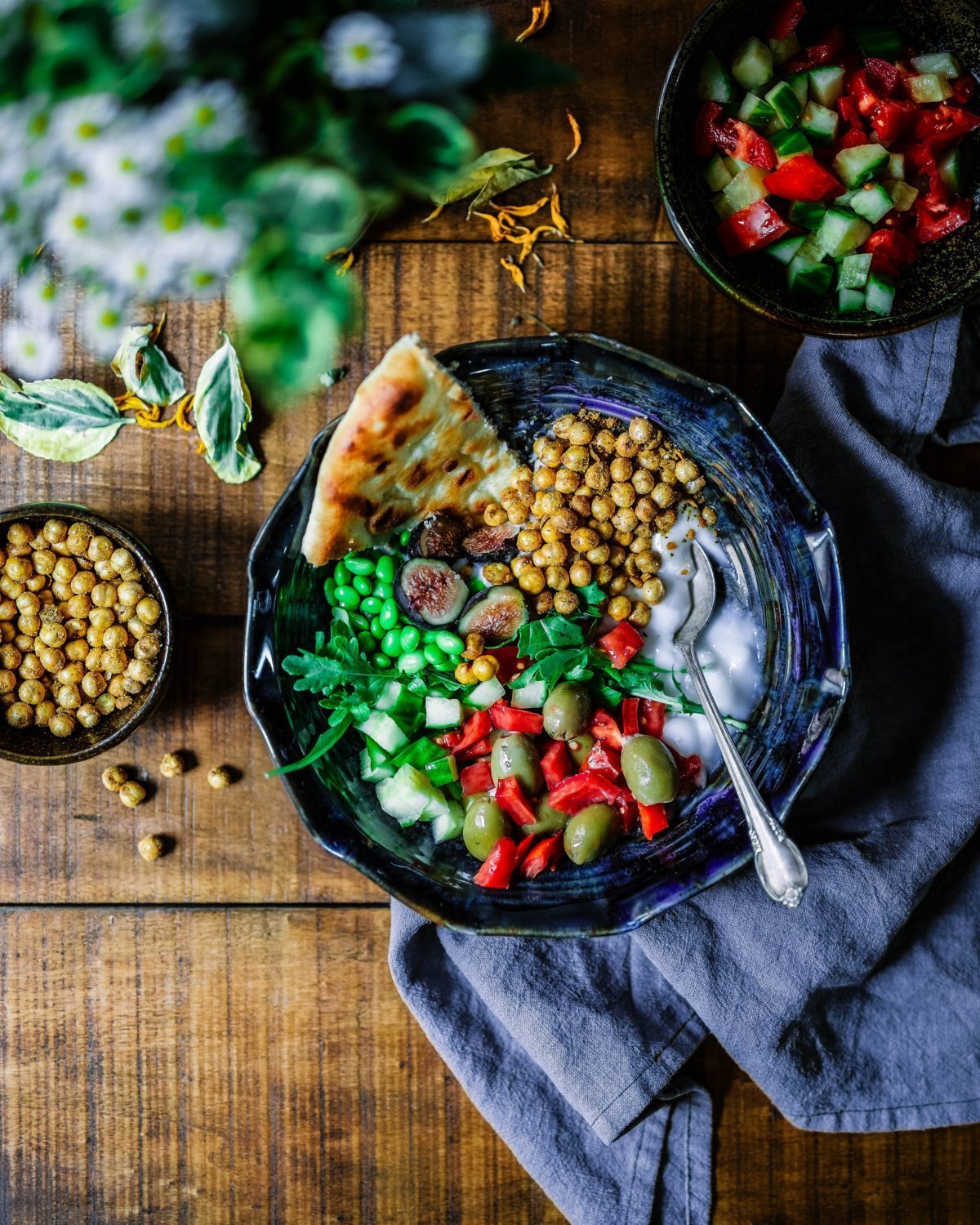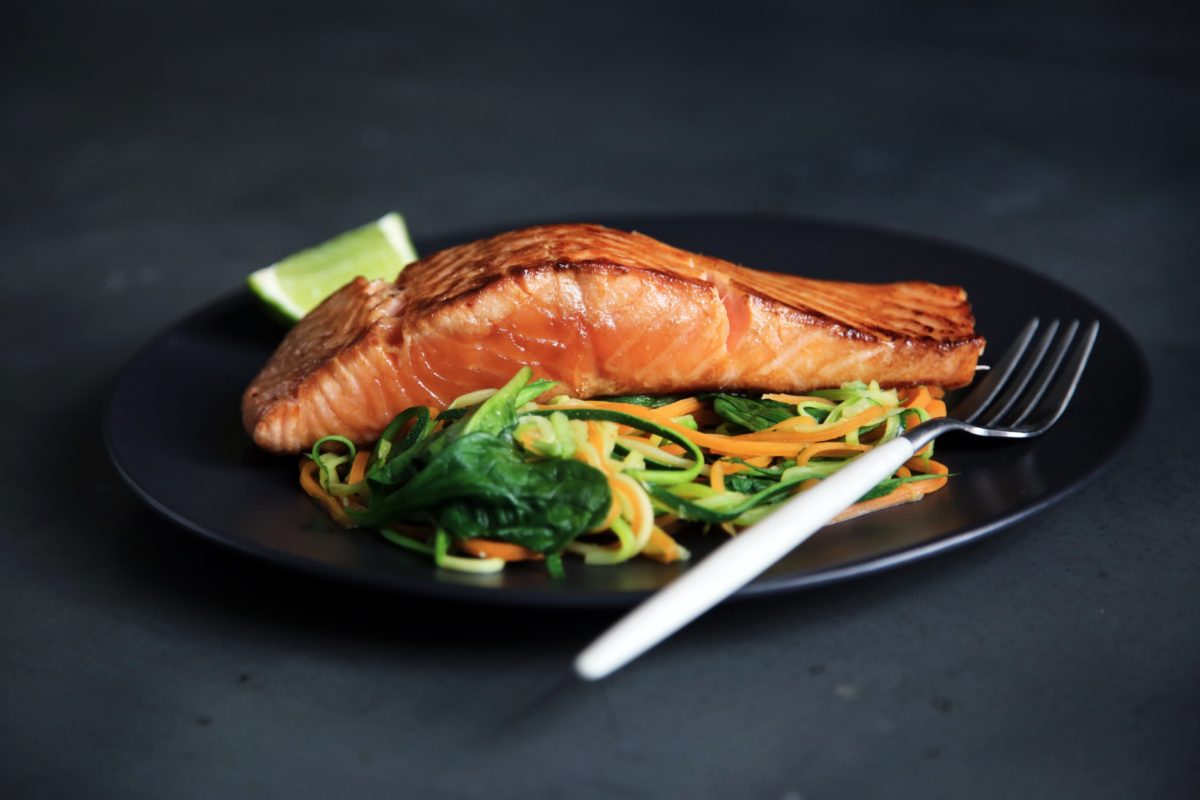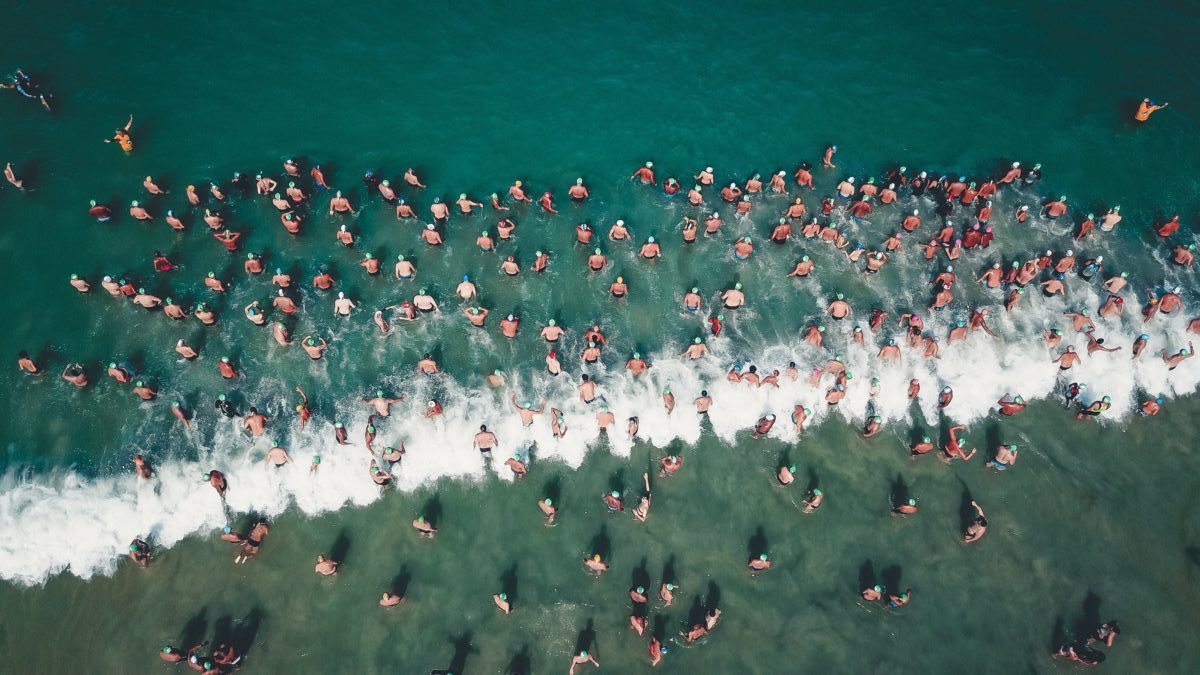You may be surprised how commonly athletes neglect their Ironman nutrition plan – and how much difference a truly dialled-in nutrition programme can make to your training and race day performance.
You train hard in the water, on the bike and on the run. You stick to your 4-9 month Ironman programme. You shell out on equipment and meticulously dial that kit in. But what about nutrition? Have you invested as much focus on the very element that allows you to train and race at your best?
“I’ve advised a lot of athletes and it’s amazing how many of them are under-educated when it comes to diet,” says Mark Tallon, PhD, UK-based founder of TriathlonLab and someone who has competed in eight Ironman events.
“It’s almost like the fourth discipline for a triathlete. It can make a massive difference but people tend to only look to a nutritionist when they have a gut issue or something like that. You see the guys on the ten grand bikes but they’d be better off investing that money in better nutrition or a coach.”
Dr Tallon believes there are few events that expose sub-optimal nutrition like an Ironman.
“When you see the Olympic triathlete shift to full Ironman, that’s when they realise how important nutrition is. On the shorter courses, you can get away with less than fantastic nutrition but there’s nowhere to hide when you move to Ironman. If you move from training say 25 to 40 hours a week, then nutrition is absolutely key.”

Fuel: Getting it right.
So what can you do to ensure nutrition isn’t your weakest Ironman leg and you don’t end up underperforming, or worse, bonking, walking or puking?
One key fundamental is synchronising training and race-day Ironman nutrition regimes by training with the fuel you will be most likely using on race day.
“Find out which brands and products will be on offer in the race and then use those in your training if you can,” says Nick Morgan, former Ironman and founder of UK-based sports nutrition consultancy, Sports Integrated.
“It needs to be personalised. You should know which gels, combo bars and drinks will be on the course. Which flavours even. It’s about training the gut, about minimising risk. Bad reactions to gels or bars are one of the most common Ironman problems.”
Training the gut to boost carbohydrate absorption
Training the gut also means fine-tuning the body’s carbohydrate-processing rate. For the average person, simple carbs like glucose and fructose are absorbed by the gut at around 30-40g/hr. Most age-group Ironmen need something like 50-60g/hr; elite competitors more like 60-90g/hr.
Jeff Sankoff, Ironman racer, licensed physician, ex-medical editor at Inside Triathlon and Triathlete magazines and founder of TriDocCoaching, states “60-90g/hour is physiologically what most humans can tolerate.”
“Most people should be able to get to that level but it can take time and you need to train for it,” reckons Dr Tallon. “That’s where the art of nutrition and tailored nutrition programmes comes in. Everyone’s physiology is different.”
Sankoff recommends “a mix of maltodextrin and fructose that takes advantage of multiple uptake channels and allows for a smooth lasting increase in blood glucose (glycogen).” The scientific consensus says the optimum carbs intake for most individuals is 2:1 glucose to fructose.
Denver-based Sankoff favours liquid nutrition but acknowledges “a lot of evidence showing that the gut reacts well to ‘real foods’ during high-intensity efforts over time.”
“There are loads of permutations,” says Morgan. “Experiment and find out what works for you.”
Stimulants like caffeine, guarana or green tea need to be incorporated into training routines. Caffeine, in particular, has the added benefit of “improving gastric emptying and absorption” says Sankoff.
Other supplements finding their way into Ironman nutrition programmes include ketone esters, creatine, nitric oxide, sodium phosphate, beta-alanine, CBD, L-carnitine, vitamin D and iron.

Recovery: Right proteins, right time, right dose
While protein has become popular in shake, bar gel, crisp and other formats, and plant proteins have moved into the limelight, its chief role as a muscle recovery agent remains largely unchanged. Whole food sources like chicken, fish and pulses are still recommended by most, along with protein forms like whey and branched-chain amino acids (BCAAs).
“I see a lot of combo gels that have protein in them and I think that is a disadvantage,” Dr Tallon says. “You can oxidise protein as a fuel source but it is not efficient. You might take a carb/protein gel 15 minutes before the end of a session for recovery. You have more muscle damage after a run so you might want to take in more protein after a run than a bike session when more carbs are needed.”
25-35g/day of quality protein is common, and while animal-sourced proteins are thought to be more potent performance-wise due to their amino acid profile, many plant proteins are fortified with synthetic amino acids.
Dr Tallon: “Leucine is the key anabolic ingredient and ideally you want 3g of it in whatever protein form you are taking post-exercise.”
Hydration: Training in the cold, racing in the heat
Hydration and keeping the body cool take on more importance and must be balanced with carb intake says Dr Tallon. Too many carbs in the drink (usually over 8% volume) can lead to stomach upset. Too little, and risk bonking.
“The less carbs you have in a drink the more fluids you are going to absorb. So there is always a trade-off between energy delivery and hydration.”
“You start trying to dial that in in your training. You don’t want to get to the event and the most you’ve drunk in training is 500ml every 90 minutes and then you get to Kona and you need to be putting in a litre an hour. That’s why people end up throwing up on the course or having the runs.”
A typical 500ml bidon can deliver up to 90g of carbs, 30g for a gel or bar.
Over hydration
The hydration issue – which extends to hyponatremia (over-hydration) – is amplified at events like Kona where extreme heat and humidity ratchet up sweat rates from something like 700 millilitres an hour in a typical European Autumn/Winter climate to 1-1.5l/hr in Hawaiian climes.

Fat-adapting the body
The ‘when’ is important too. Most fuelling is done on the bike, less on the run, none on the swim. That needs to be considered, especially the fact most gastro upset and other physiological issues occur during the run when glycogen levels can drop to critical levels. That’s when fat-adapted athletes come into their own.
“Athletes will do 2-hour fasted training sessions to train the body to use fats as a fuel source,” Dr Tallon observes. While not for everyone fat-adaptation is almost mandatory for top-end athletes “training 2-3 times a day and constantly battling a glycogen-depleted state.”
“It should be informed by some metabolic testing to see what your fat oxidisation levels are; to see if they can be optimised to a greater level.”
Recent clinical data shows optimised fat-adaptation methods have shifted fat oxidisation thresholds from 0.3-0.5g/minute to 1.5-2g/minute in some athletes.
Sankoff agrees ‘intermittent fasting’ benefits can be great but notes “It is not easy to do and requires altering your training around this dietary plan.”
For the average age-grouper, Sankoffs is unconvinced the training schedule compromises justify the fat-adaptation benefits. Dr Tallon points out the fact such athletes might be on an Ironman course for 11-12 or more hours compared to eight or nine for a top-end pro, means a greater likelihood of critical carb depletion and subsequent need for an alternative energy source like fat or even ketones.
“That’s why people walk in the run of an Ironman. Because they are then glycogen-depleted and they can’t tap into that fat fuel source.”
Ironman Nutrition: Race-day
As race day looms, keep it simple, keep it consistent. Keep doing what you have been doing. Kick carb-loading to the curb.
“In the 2-week taper you just want to maintain a decent amount of carbohydrates, and because you are training less, your body will naturally replenish the glycogen levels before race day,” says Dr Tallon.
Sankoff agrees: “Don’t go out and gorge on pasta before a race if you wouldn’t do that before a big training day. There is simply no need.”
On race day, remember you won’t eat for the first 60-90 minutes of the swim leg. Prepare for that. Dr Tallon: “On the morning, take on board simple sugars a couple of hours before the event. Something like porridge. Start taking on fluids.”
In-race, fuel up as much as you can on the bike because according to Dr Tallon it’s “Harder to take on foods on the run because the gut is less efficient from what has gone before, you are bouncing up and down, you’re having to supply the upper body as well as the legs.”
Of course, things can go wrong. It’s an Ironman after all. It’s designed to put the body at its outer limits. If you start feeling gastro discomfort, nausea or sloshing in the stomach, dial your effort back 10%, see how that goes, advises Sankoff.
“Decreasing the effort is the only way to allow for improved blood flow to the gut and improve gastric emptying and absorption from the small intestine.”
Take comfort in the fact your advanced nutritional preparation dramatically reduces the likelihood of on-course calamity. “The golden rule is stick to the plan,” says Morgan. “If you see someone necking 3-4 gels an hour don’t go changing or worrying. Trust in your plan and the work you have done.”